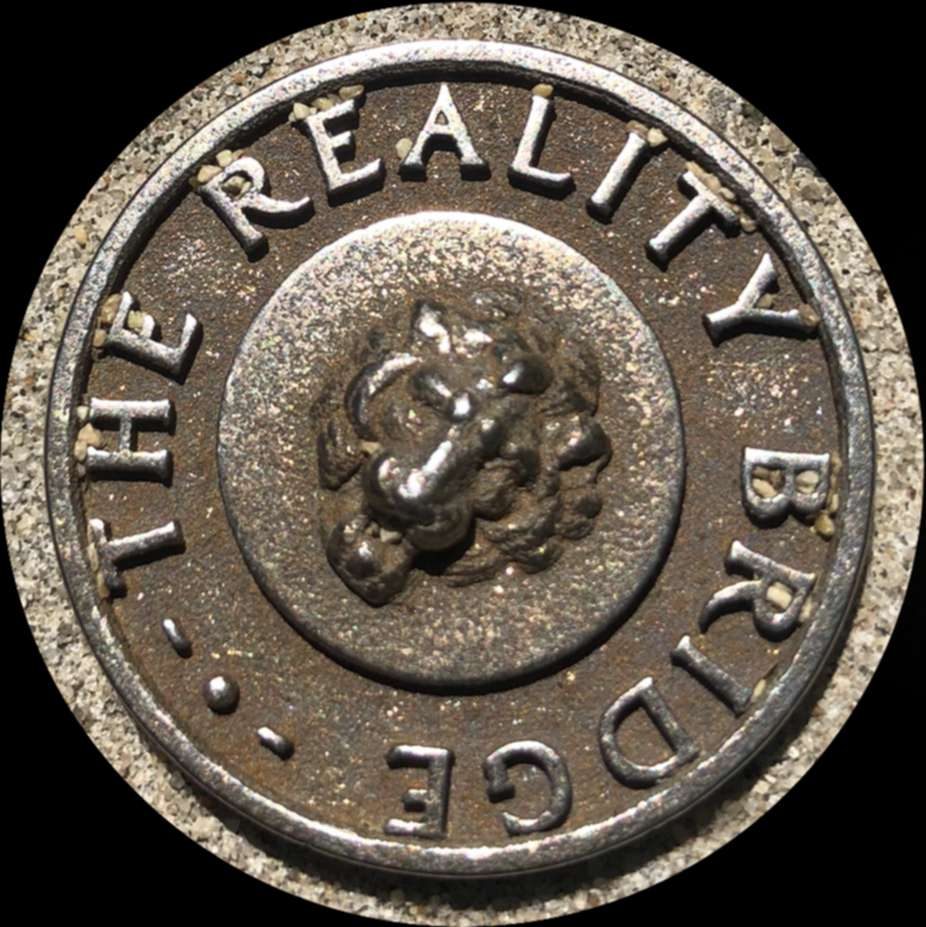I’ve seen some interesting work done with infrared photography (both analog and digital), and decided to give it a shot in analog, using my Kodak Retina iiiC rangefinder. -A rangefinder is particularly useful here, as unlike an SLR, you don’t view through the actual taking lens, which in the case of infrared is covered by an almost totally opaque filter. Infrared film is only especially sensitive in the infrared range, but will allow most of the light spectrum to expose it; hence, you need a hefty filter to keep out non-infrared light in order to get an interesting, primarily infrared, image.
The two most generally available infrared films are Rollei Infrared and Ilford SFX 200. I took my baseline information from various rants and helpful thoughts in this thread. But, really, a lot of what I got from this information was that there’s a fair degree of randomness in shooting infrared, as there isn’t a generally available meter that would allow you to hit an exact exposure, plus reciprocity failure on the superlong exposures necessary seemed really hard to quantify at all. Hence, I just took where people seemed to get good results with the respective cameras and filters, and went from there.
I took my specific Rollei information from this blog, specifically because I wanted to test both 720nm and 850nm filters, and the general consensus seems to be that Rollei will give a bit more of an image at 850nm, while Ilford won’t have much detail in that range, and the writer was using a 850nm filter with Rollei. Hence, I started with an extrapolation of his recommendations, that shooting Rollei/850nm in bright sunlight with my f2 would require ~32 minute exposure. I bracketed heavily, from 15 minutes to an hour, in fairly similar light conditions, and most were interesting at the least. Even in bright summer sun, though. I found a one-hour exposure to be the sweet spot.
I grabbed my Ilford information from a piece posted on their website, describing appropriate use of a 720nm filter. The article suggested starting at f8 and a one-second exposure for good results with a 720nm filter. Part of my openness to the smaller aperture was concern that the depth of field/focus would be off for infrared, even though fortunately my camera has a dot adjacent to the focus ring specifically for infrared. I bracketed from one second to 40 seconds, under similar lighting conditions. I think 10-20 seconds really worked best. Less than that gave me a mushy gray look.
I’d suggest that Ilord SFX isn’t worth shooting as infrared. I don’t think it would work with a 850nm filter, and with the 720nm, it really just looks like uninteresting black and white film. There are a lot of amazing black and white films out there these days, with which I’d far prefer to work.
Rollei infrared is quite fun, though, and I think with planning and thought it would be possible to do some quite interesting stuff with it. Below are some samples of each.
These are four images I took with the Ilford at f8, with exposures of 5, 10, 20 and 40 seconds respectively. I think I can match the scans to the right negatives relevant to my notes, but they're all basically a mushy gray, anyhow, so I don't feel like bothering. Feel free to take a guess. I don't think it matters.













